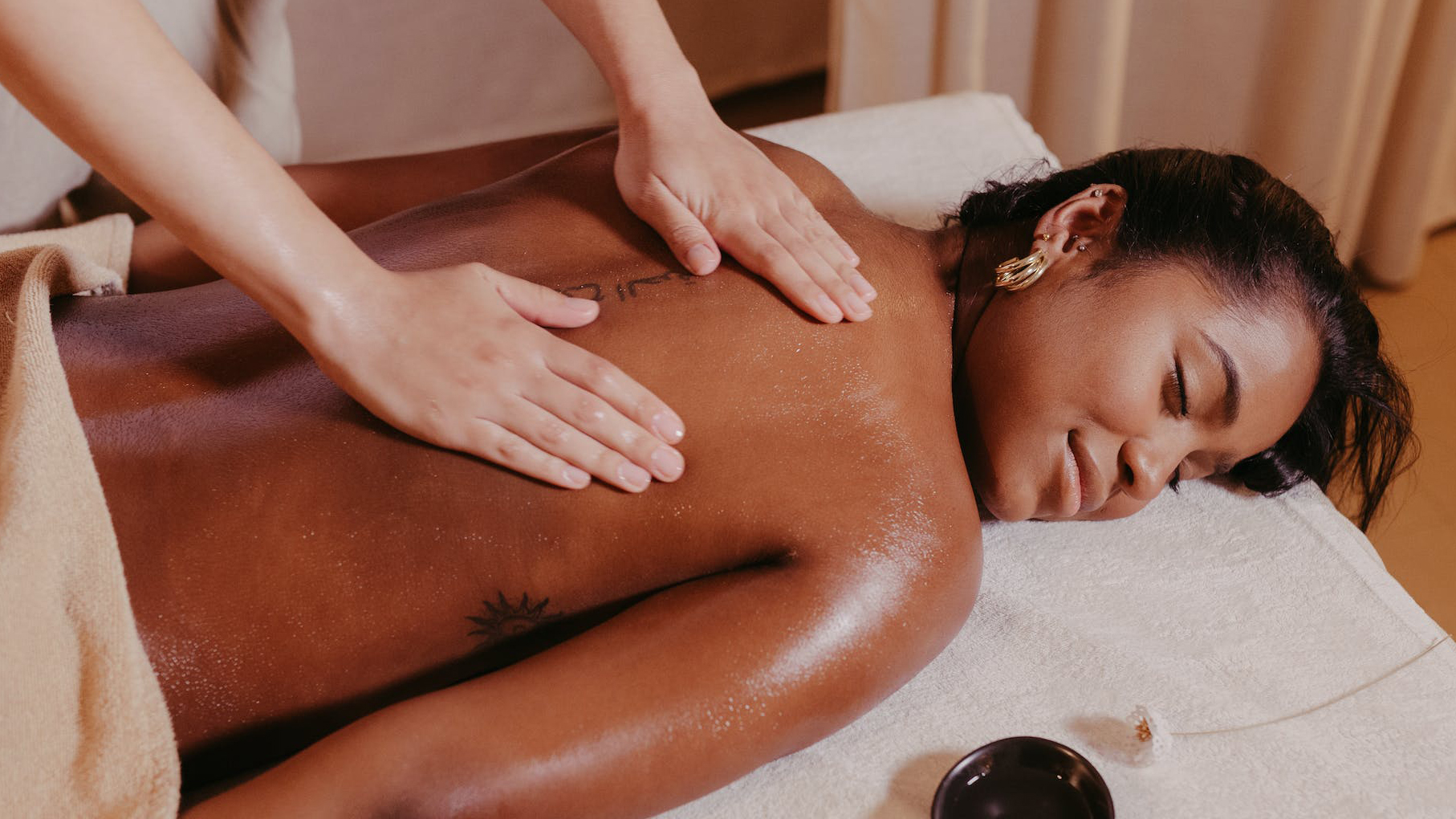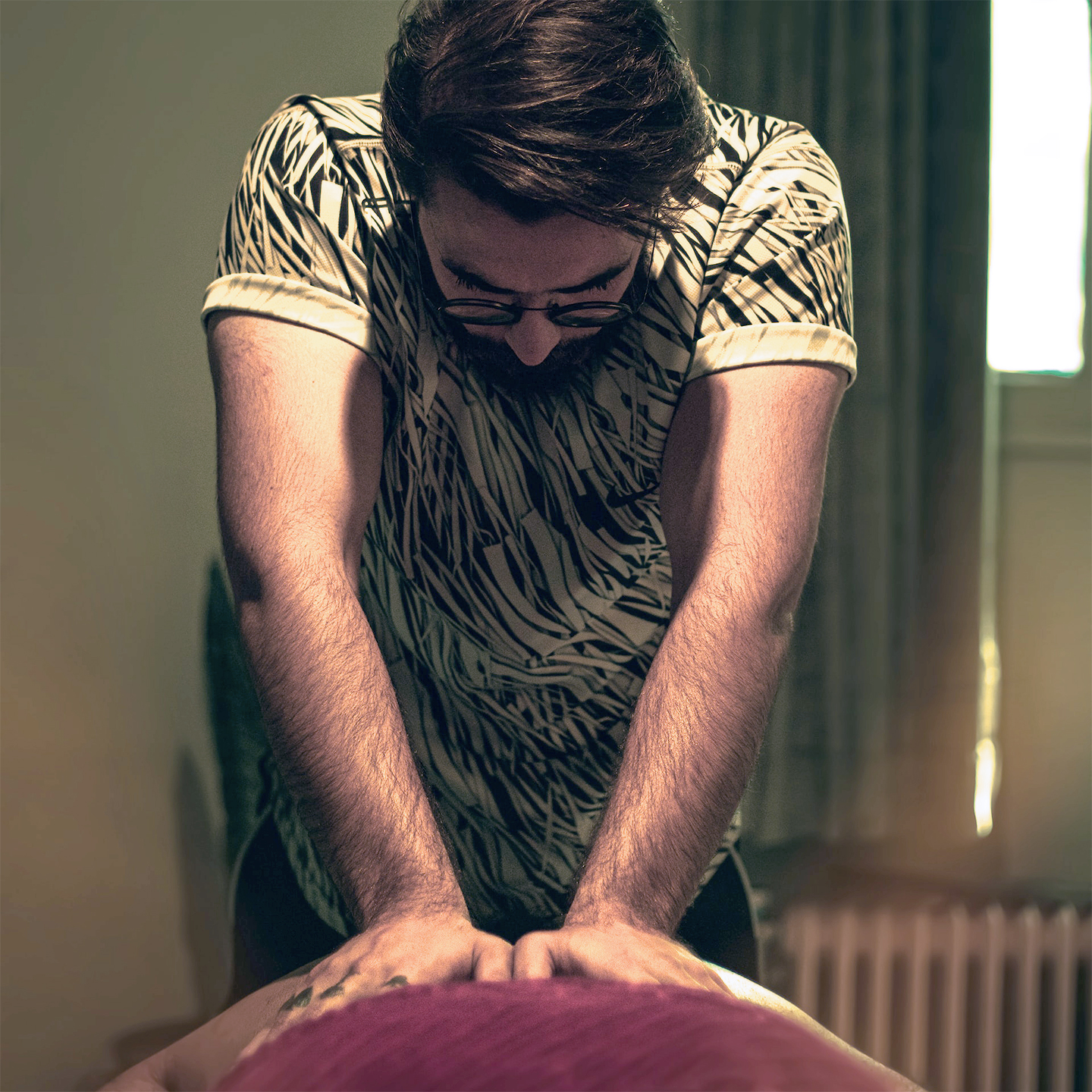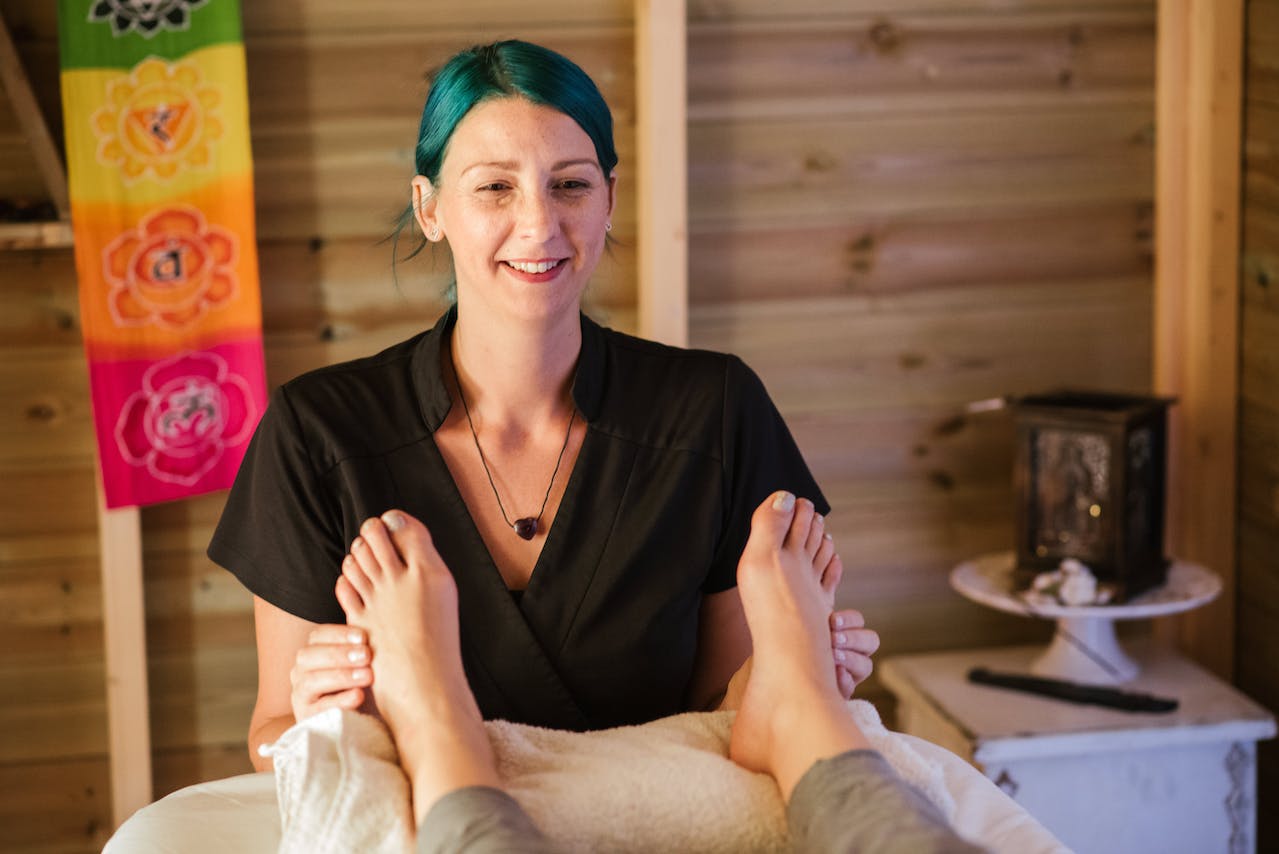 In early days of intelligence research, IQ was the all-important number. Later, researchers such as Daniel Goleman added social and emotional components to human development. Today, interoception is gaining recognition as a new form of intelligence that may help individuals offset the intensity of modern life. What is interoception? How does it work in the body? And how can improving interoception fight burnout? Answering these questions can help us appreciate the importance of receiving regular massage.
In early days of intelligence research, IQ was the all-important number. Later, researchers such as Daniel Goleman added social and emotional components to human development. Today, interoception is gaining recognition as a new form of intelligence that may help individuals offset the intensity of modern life. What is interoception? How does it work in the body? And how can improving interoception fight burnout? Answering these questions can help us appreciate the importance of receiving regular massage.
What is Interoception?
Interoception is awareness of the body’s internal state. Interoception receptors relay internal body information to the brain. Sometimes called the 8th sense (after the 6th sense of proprioception and the 7th sense of vestibular awareness), interoception helps us understand important messages from within our bodies—such as when we need to eat or use the restroom. Likewise, when we speak of a racing heart or sweating bullets, we are expressing interoceptive intelligence.
While proprioception was initially thought to be limited to the organs, we now know it also applies to the body in movement. Recent research reveals that interoceptive sensors are also present in the musculoskeletal system, primarily in fascia. Proprioception sensors in fascia tell the brain what is happening in muscles and joints.
What’s even more fascinating is that proprioception sensors relay affective information as well. As Thomas Myers recently wrote for Massage Magazine, proprioceptive sensors connect to the brain’s circuitry for processing emotions. In other words, proprioception helps you understand not only what is happening in the body, but also how you feel about it. For more on the affective aspect of interoception, particularly touch, check out our post from last month on Touch and Human Development.
How can Interoception Prevent Burnout?
Interoception is the body’s primary wisdom for understanding when we are out of balance. For instance, shallow, fast breathing may indicate stress. A fast heart rate may indicate anxiety, as may the sensation of butterflies in the stomach. Therapists and their clients can focus on interoception to improve their self-awareness, which in turn can improve their capacity for self-care.
LMTs benefit from boosting their own interoception, not only to understand their client’s needs, but also to avoid burnout. Let’s review how LMTs can enjoy rich careers in massage therapy by encouraging interoception in their clients while also heeding interoceptive messages from their own body, to prevent burnout.
Interoception and Massage
Helping Massage Clients Improve Proprioception
Internal awareness helps us notice important cues for self-care. At first, tuning into one’s thoughts, emotions, and internal sensations can be overwhelming. Mindfulness techniques that emphasize non-judgement can help clients successfully notice interoceptive information without becoming beleaguered by it. Here are a couple strategies to share with clients:
- Encourage Body Literacy with Questions. During massage, ask clients to provide feedback. Questions such as, “Is this too much pressure here?” or “Can you tell me when you feel that area loosening up?” can be a natural way for therapists to help clients improve their interoception. For more questions to ask during, before, and after massage, read our post “Customizing Massage: Questions to Ask to Improve Client Comfort.”
- Recommend Take-Home Stretches and Breathing Exercises. After each massage, take a couple of minutes to recommend stretching techniques for clients. Share how to stretch the area while harnessing breathing techniques for awareness. For instance, once in a stretch, clients can practice breathing into the tight area on each inhalation, and relaxing that area with each exhalation. Emphasize maintaining a neutral, non-judgmental mindset while practicing these take-home interoception exercises.
Using Proprioception to Prevent LMT Burnout
Regularly practice internal awareness with a non-judgmental perspective. This can help you become aware of the physical and emotional components of your experience, so that you can direct loving attention to areas that need help, rather than avoiding or endlessly worrying about sensations. The more you practice mindful interoceptive awareness, the better equipped you will be to teach clients.
The following mindfulness techniques harness interoception to improve therapist self-care.
—Breath Meditation. Close your eyes and focus on your breath. Notice the coolness of each incoming breath, and the warmth of outgoing breath. Using your interoception wisdom to follow your breath will help you feel calm and focused.
—Body Scanning. With your eyes closed, focus on sensations in each part of your body. Honor interoceptive information by responding with self-care. For instance, if you notice tension in a certain muscle, practice relaxing that area with each exhalation.
Setting aside a few minutes for interoception before each massage session is an excellent idea for self-care. Doing so can allow therapists to release worrisome moments from earlier sessions, while also preparing to provide exceptional care for upcoming clients. Finally, noticing your own internal experience can empower you to make smart choices about when to take breaks.
Yoga, tai chi, and walking in nature are additional practices that improve interoception.
Interoception is an important aspect of massage therapist schooling. To appreciate how a certain manual therapy technique is working for a client, a therapist must be able to read signals from her or his own body. The best massage school programs include education on how to help clients improve internal awareness. For licensed massage therapists in the Portland area, East West College’s Continuing Education massage therapy courses provide numerous opportunities for therapists to improve their interoception skills.
REFERENCES
- Luchau, T. Mindfulness, Myofascia, and Manual Therapy. Massage and Bodywork. 2017 Jul/Aug. https://www.abmp.com/textonlymags/article.php?article=1732
- Myers T. What am I Feeling? Recent research on Interoceptive Sensors of the Myofascia. Massage Magazine. 2018 Dec. https://www.massagemag.com/interoceptive-sensors-of-the-myofascia-109064/
- Price C. Interoceptive Awareness can Help you Fight Burnout. Massage Magazine. 2018 Dec. https://www.massagemag.com/interoceptive-awareness-109157/
- Price C. Interoceptive Awareness Helps your Clients Help Themselves. Massage Magazine. Oct 2016. https://www.massagemag.com/interoceptive-awareness-helps-your-clients-help-themselves-40527/



